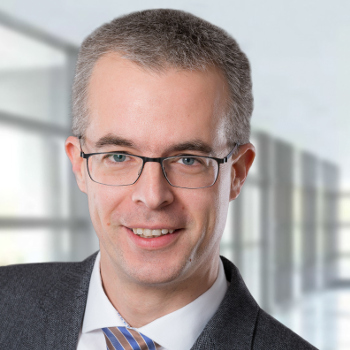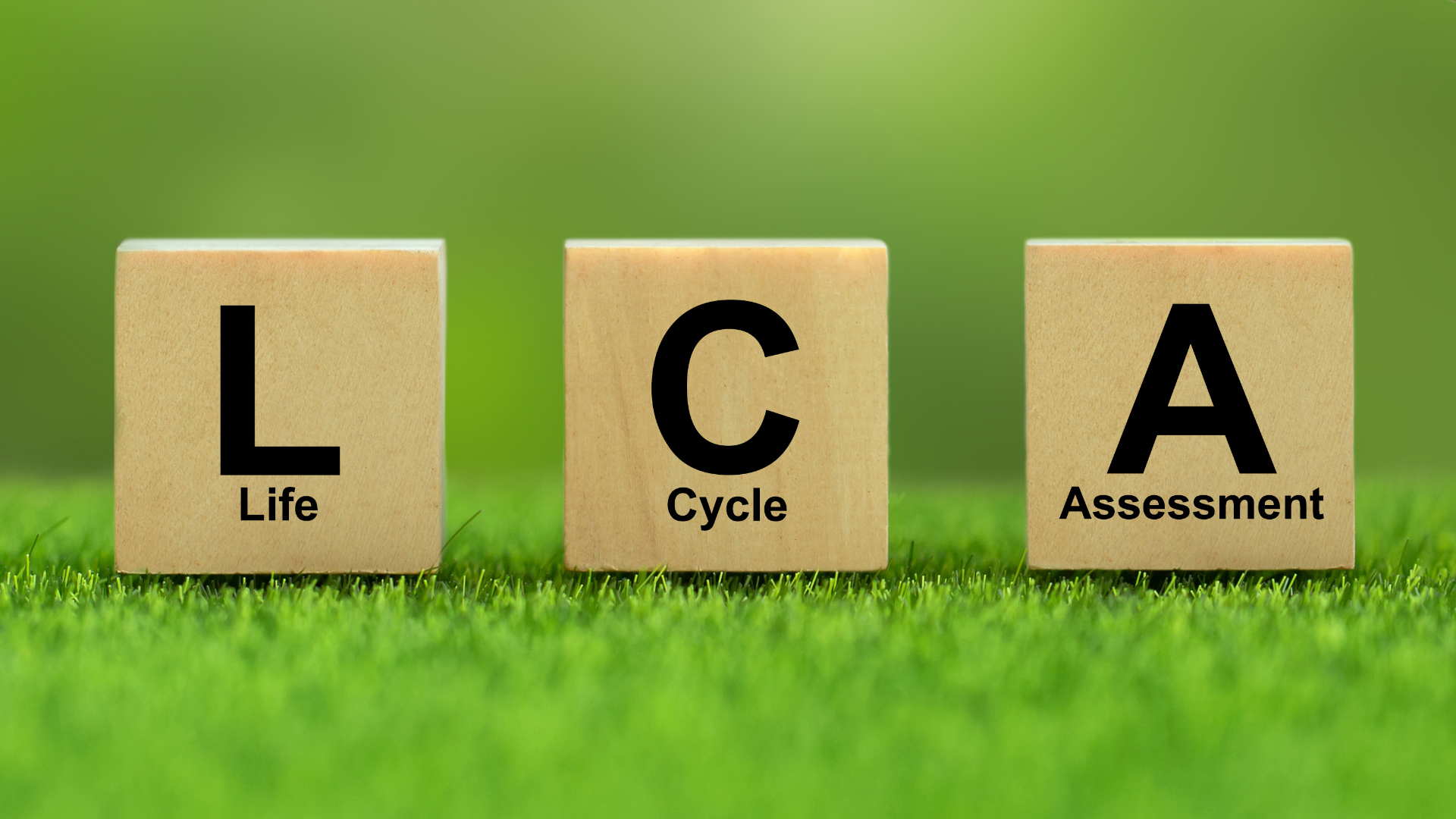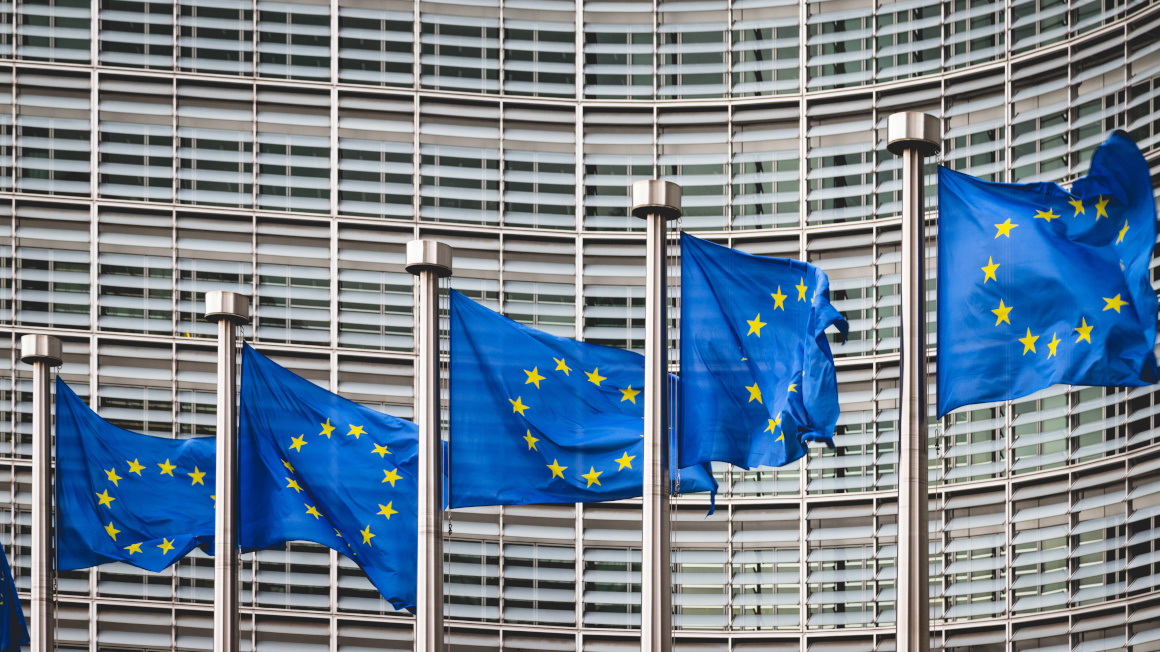Protecting inland waters from microplastics
Christian Schaum
Profession:
Civil Engineer
Position:
Professor of Sanitary Engineering and Waste Management at the Institute for Hydroscience, Bundeswehr University Munich in Neubiberg

Profession:
Civil Engineer
Position:
Professor of Sanitary Engineering and Waste Management at the Institute for Hydroscience, Bundeswehr University Munich in Neubiberg

Water researcher Christian Schaum is looking for solutions to reduce the microplastics pollution of inland waters.
Microplastic particles are not restricted to oceans: they also invade inland waters. But how do these tiny particles get into rivers and lakes, how dangerous are they really and how can they be removed? Christian Schaum intends to answer these and similar questions over the next three years. In the project "PLASTRAT", the Munich Professor of Sanitary Engineering and Waste Management and ten partners are looking for ways to sustainably protect water ecosystems.
What is the background of the project?
In addition to the oceans, microplastics increasingly pollute rivers and lakes. The pollutant has even been detected in drinking water and food. While plastic waste and microplastics in the oceans have been researched for quite some time, little is known about their occurence in inland waters. In our interdisciplinary research project, we want to investigate how the plastic particles, which are less than five millimetres in size, are introduced into water bodies and what impact urban water management has. In addition, we deal with questions on how microplastic particles affect humans and the environment or how manufacturers and consumers influence the influx as well as how released microplastics can be removed again safely, effectively, and efficiently.
What is the goal of the project partners?
In addition to the future-oriented evaluation of microplastic entries, the main objective of the research project is to initiate different approaches in the fields of technology, green economy, and socio-ecological research along the entire value chain and life cycle of plastics. The aim is to contribute to a sustainable minimisation of the microplastic content in the aquatic environment. Furthermore, we want to develop a quality label or criteria for such a label that will allow consumers and decision-makers to classify distribution, toxicity, and elimination possibilities and to choose between potential alternatives. We continue to focus on the transfer of knowledge in science and practice, with which we would like to create synergy effects through contacts to politics, water management administration, and professional associations.
How could an environmental impact assessment system for different types of plastic reduce pollution of rivers and lakes?
Our evaluation system is the result of a cooperation and combines the holistic view of producer - consumer - entry - technology and effects. It is intended not only as an orientation aid for plastics producers to substitute and produce certified and more environmentally friendly polymers, but also as an instrument for consumers and all actors in the water management sector to explore water-friendly plastic alternatives. In this respect, this evaluation system is an important contribution to minimising urban plastic discharges into the aquatic environment, and it also serves the sustainable protection of our ecosystems.
What are the central tasks of the project?
In various interdisciplinary working groups, we analyse and evaluate environmental changes in selected conventional, bio-based or recycled microplastic particles, their possible effects and hazards on humans and the environment, as well as the various microplastic input paths into inland waters. In addition, the researchers are working on standard methods for analysing the microplastic content in water and sludge samples and are working on the enrichment and removal of pollutants from the plastic particles within the wastewater treatment plant. Which role consumers themselves play in the more sustainable use of plastics is the focus of further considerations concerning the perception of environmental risks posed by plastic products, their use, and disposal.
What is the current project status?
Since the start of the project in September 2017, we have discussed important focal points of the cooperation and laid down basic principles and definitions for further cooperations. The main focus was on the selection of our sampling sites for possible entry paths. In addition, the first preliminary tests provided important insights into the characterisation of plastics and how to go about developing new methods.
What are the next steps?
In the coming months, the selected polymers will be subjected to different weathering methods in order to investigate changes in the chemical and structural composition of the matrix and surface of the plastics. The focus will be on sampling, analysis and evaluation of the microplastic particles. At the same time, comparative studies are being conducted to check the impact of plastics. The construction of a modified test facility for the retention of the small polymer particles forms the starting point for the determination of elimination routes. We will also carry out initial social-empirical surveys and conduct a workshop to develop possible criteria for a scientific evaluation system.
Interview: Beatrix Boldt


